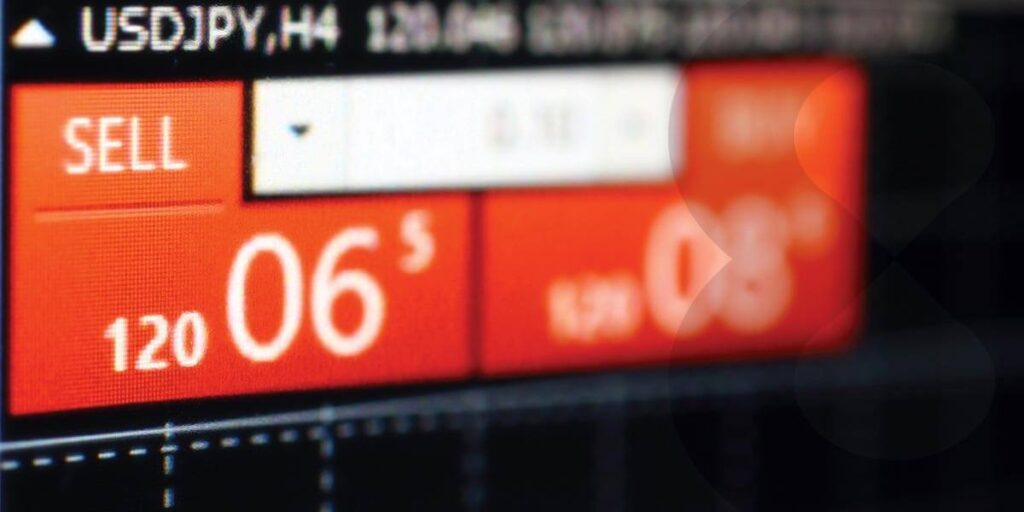Understanding Bid and Ask prices in FX trading

As we know, the Forex market is the largest and most liquid financial market in the world. It is where individuals, corporations, and governments buy and sell currencies. When trading currencies in the forex market, two prices are always quoted: the Bid price and the Ask price.
Those two prices form the basis of all transactions, and they are what determine how much a currency pair is worth at any given time.
In this article, we will explain what Bid and Ask prices are and provide examples to help you understand their importance in forex trading.
What is the Bid Price?
The Bid price is the price at which a broker is willing to buy a currency pair from a trader. In other words, it is the highest price that a buyer is willing to pay for a particular currency at a given time. The Bid price is always lower than the Ask price, and the difference between the two is known as the spread.
As of the writing of this article, the current Bid price for the EUR/USD currency pair is 1.10749, while the Ask price is 1.10754. This means that buyers are willing to buy one euro for 1.10749 US dollars, while sellers are willing to sell one euro for 1.10754 US dollars. The spread between the Bid and Ask price is 0.5 pips.
What is the Ask Price?
The Ask price, also known as the offer price, is the price at which a broker is willing to sell a currency pair to a trader. In other words, it is the lowest price that a seller is willing to accept for a particular currency at a given time. The Ask price is always higher than the Bid price, and the difference between the two is known as the spread.
Using the same example as before, if a trader wants to buy one euro, he/she would have to pay 1.10754 U.S. dollars. This is the Ask price. Similarly, if a trader wants to sell one euro, he/she would receive 1.10749 U.S. dollars, which is the Bid price. The spread of 0.5 pips represents the cost of the transaction.

Why is Bid and Ask Prices Important in Forex Trading?
Being a forex trader, you will need to know the Bid and Ask prices to determine the best time to enter or exit a trade.
For example, if you want to buy the EUR/USD currency pair, you will need to enter a buy order at the Ask price, which is the price at which sellers are willing to sell the currency pair. Similarly, if you want to sell the EUR/USD currency pair, you will need to enter a sell order at the Bid price, which is the price at which buyers are willing to buy the currency pair.

Bid and Ask prices play a role in Managing Risk as well.
For example, if a trader has a long position in the EUR/USD currency pair, they may want to place a stop-loss order below the current Bid price of 1.10749 to limit their potential losses. Conversely, if a trader has a short position in the EUR/USD currency pair, they may want to place a stop-loss order above the current Ask price of 1.10754 to limit their potential losses. This is done because the current spread, which needs to be accounted as well.
Understanding Bid and Ask prices is crucial for forex traders, as it helps them make informed decisions when entering or exiting a trade and maximize their profits while minimizing their risks.
* The information provided here has been prepared by Eightcap’s team of analysts. All expressions of opinion are subject to change without notice. Any opinions made may be personal to the author and do not reflect the opinions of Eightcap.
In addition to the disclaimer on our website, the material on this page does not contain a record of our trading prices, or represent an offer or solicitation for a transaction in any financial instrument. Eightcap accepts no responsibility for any use that may be made of these comments and for any consequences that result. No representation or warranty is given as to the accuracy or completeness of this information. Consequently, any person acting on it does so entirely at their own risk. Any research provided does not have regard to the specific investment objectives, financial situation and needs of any specific person who may receive it. It has not been prepared in accordance with legal requirements designed to promote the independence of investment research and as such is considered to be a marketing communication.
Please note that past performance is not a guarantee or prediction of future performance. This communication must not be reproduced or further distributed without prior permission.


